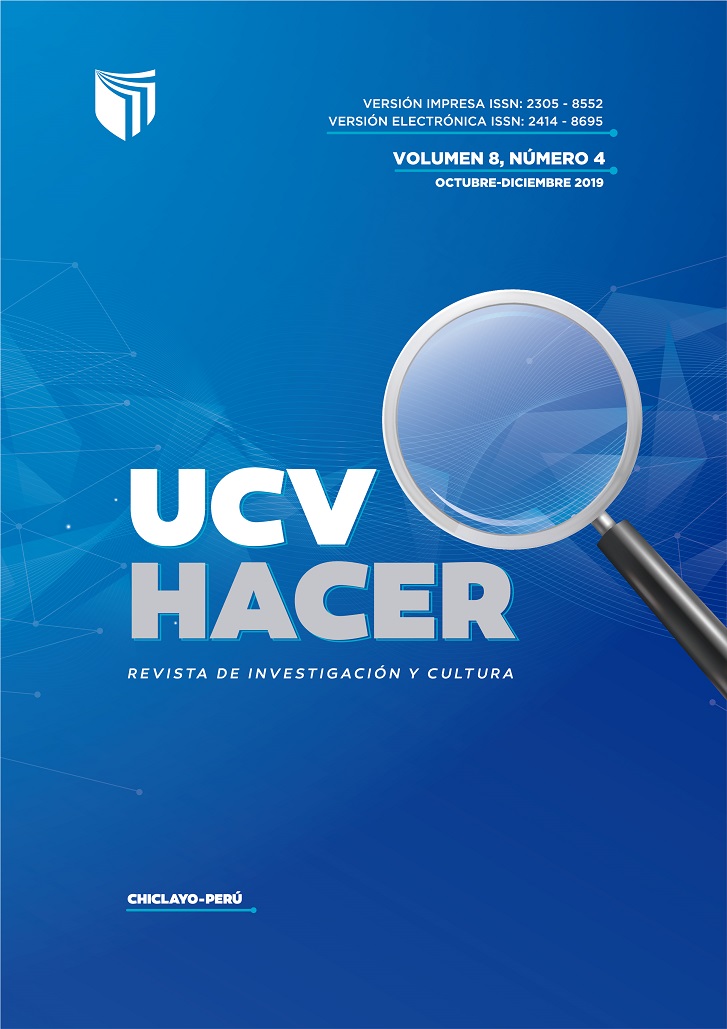Relationship between personality factors and learning styles in Peruvian university students
DOI:
https://doi.org/10.18050/RevUCVHACER.v8n4a4Keywords:
Personality, Traits, Learning styles, FactorsAbstract
The objective of this study was to analyze and determine the relationship between personality factors and learning styles in Peruvian university students. In order to achieve this purpose, a correlational design was applied, in which 68 Administration students, 45 Accounting students, and 38 International Business students of the first cycle of the Faculty of Business Sciences of the Lord of Sipán University participated, Chiclayo-Peru. To assess the personality factors, the Raymond Catell 16 Personality Factors Questionnaire was used, and for the evaluation of learning styles, the VARK Test. To determine the association between the variables, the Chi-square statistical test was used. The results show a preference for the style of auditory learning and secondly, the reading / writing style. With respect to the analysis of personality factors, a relatively high percentage of discrete, shy, slow and clumsy students were expressed in the case of Administration, expressing themselves, shameful and withdrawn, sociable, affectionate, good-natured, cooperative, dominant, competitive. In the case of Accounting, obedient, docile, submissive and humble, sociable, participatory, good-natured, sentimental and confident students were observed. As for International Business, students with low cognitive ability, with control capacity, socially scrupulous, dominant, aggressive, severe, competitive, independent minded were found. Finally, the results of the independence test show the non-existence of an association between personality factors and learning styles.
Downloads
Downloads
Published
How to Cite
Issue
Section
License

This work is licensed under a Creative Commons Attribution-NonCommercial 4.0 International License.










